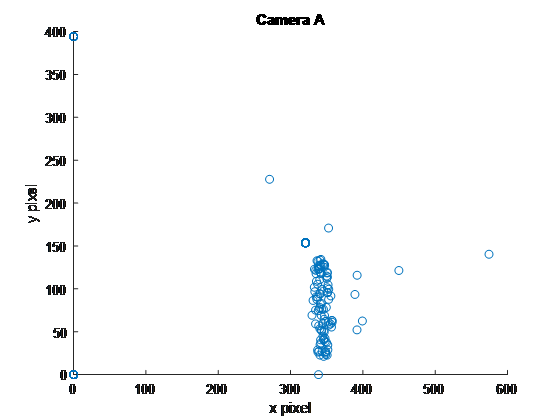For this project I used Principal Component Analysis (PCA) to analyze three sets of video frames of a moving mass under four different conditions: an ideal case, a noisy case, a case with horizontal motion, and a case with horizontal motion and rotation.
The full paper describing this project is here.
PCA is one of the most useful applications of Singular Value Decomposition (SVD). For this experiment, I analyzed three videos of four cases of motion of a paint can mass on a spring. The first case was an ideal case with only vertical motion. The second case included a significant amount of noise in the videos due to camera shake. The third case included horizontal motion, i.e. one more degree of freedom in motion compared to the ideal case. The fourth case included horizontal motion and rotational motion, i.e. two more degrees of freedom in motion compared to the ideal case.
For each of the four cases, I started by applying a motion tracking algorithm to each set of video frames in order to find a centroid of the paint can object. I synchronized the relative motion of the video frames by finding a minimum of the y displacement. I then determined respective vectors representing the pixel positions (x,y) of the centroid of the paint can as measured by each of the three cameras denoted a, b, and c. From these respective vectors, I generated the final matrix X and applied SVD to the matrix X in order to determine the principal components of the motion.
